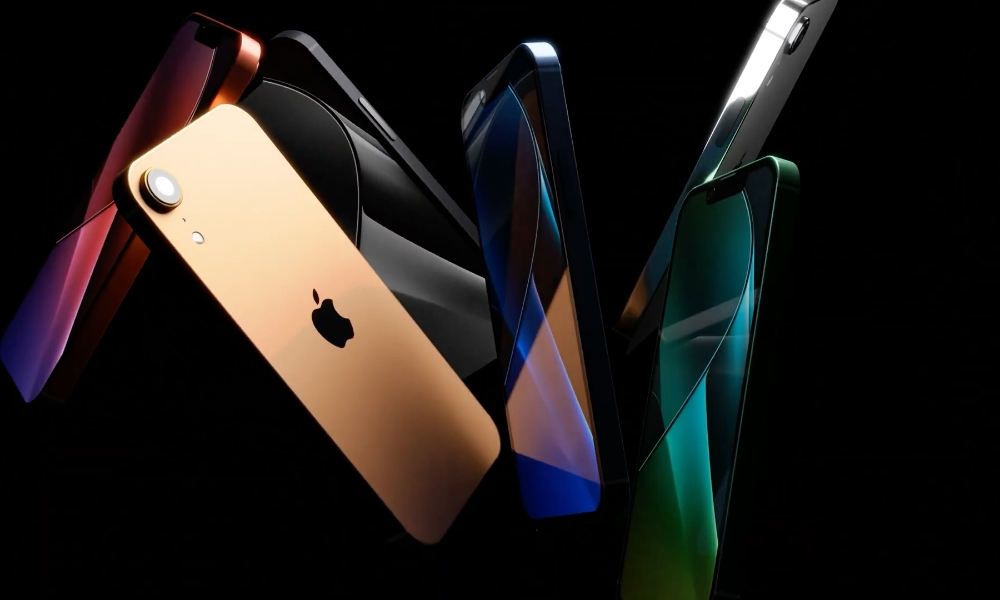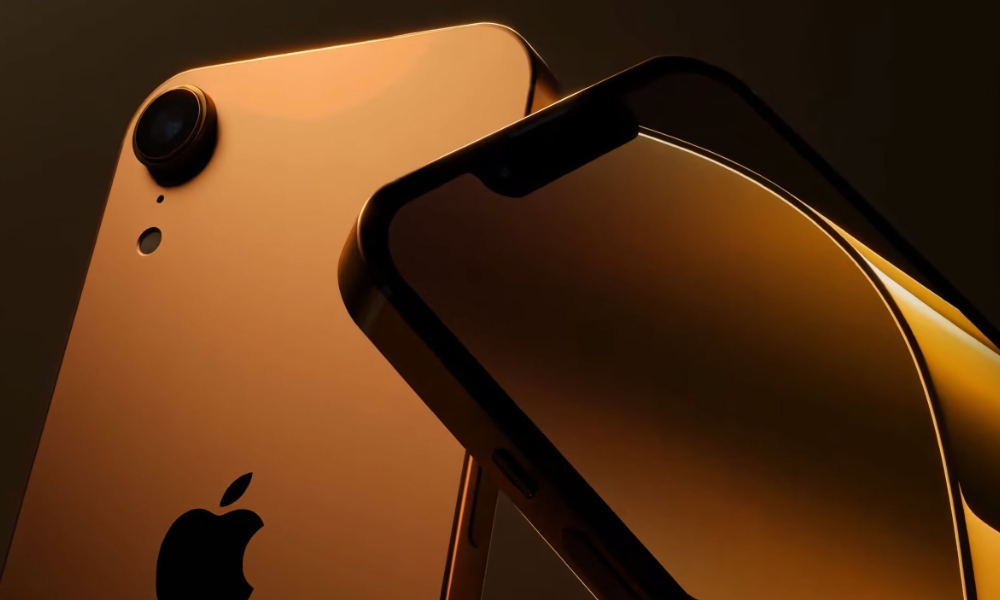The ‘iPhone SE 4’ Could Offer Face ID and OLED for Under $500
 Credit: Concept Central
Credit: Concept Central
Toggle Dark Mode
If everything we’ve been hearing is accurate, next year’s fourth-generation iPhone SE will spell the end of fingerprint sensors on the iPhone. Instead, Apple is expected to add Face ID to its most affordable model as it adopts an edge-to-edge display and eliminates the front home button.
Although early reports of Apple’s plans for a redesigned iPhone SE suggested that it would go the route of the iPad Air, placing a Touch ID sensor in the side button, the consensus over the past few months has been that Apple is planning to go all-in on Face ID, despite the potentially higher cost of the TrueDepth camera and related sensors.
This has raised the question of what price tag could be attached to the so-called iPhone SE 4. For years, analysts have cited the cost of Apple’s Face ID hardware as the main explanation for why the company has stuck with Touch ID on its more affordable devices—including this month’s M2 iPad Air.
Reports that the iPhone SE could have an OLED display rather than LCD, with an increase to a 6.1-inch panel and a design that looks remarkably similar to an iPhone 14, are also fueling fears of a price increase. The biggest visual difference will likely be a single camera on the rear rather than the dual-camera array that typically adorns Apple’s standard iPhone models.
However, a new report suggests that Apple plans to pack all of this goodness into its next-generation iPhone SE while still keeping the price under $500.
According to Revegnus1 on X, the “iPhone SE 4” is expected to launch between $429 and $499, although it might be more expensive in regions outside the US.
While that may sound too good to be true, it’s not that far-fetched when you consider that most of what will be going into the iPhone SE will be hand-me-down technology, which means little to no overhead for research and development.
For example, the iPhone SE would not only use the base iPhone 14 design, but possibly even the same battery, and prices for an OLED display could actually be cheaper than sticking with LCD since it could share the same panels used for the iPhone 13 and iPhone 14, the latter of which Apple will likely still keep on manufacturing and selling until at least late 2025.
Considering that Apple keeps its two-year-old model on the market at the $599 price point each year, it’s plausible that the iPhone SE would have to stay below $500 to make any sense in the lineup. Nevertheless, a $429 price tag would be surprising considering that the 2022 iPhone SE increased by $30 over its predecessor despite having a nearly identical design that added nothing more than a new chip and 5G support.
It’s also possible the new iPhone SE could shake up the lineup a bit since it would be much closer to the iPhone 14 than the iPhone SE 3 was to the iPhone 11, which was the $599 model at the time. With the iPhone SE likely to gain at least the same A15 chip as the iPhone 14, the dual-camera array could be the only thing that sets the older model apart from Apple’s new budget entry.
While a sub-$500 price tag seems plausible, like all rumors, this one should be taken with a grain of salt, particularly since Revegnus1 doesn’t have a proven track record, nor have they cited any specific sources for their information.
[The information provided in this article has NOT been confirmed by Apple and may be speculation. Provided details may not be factual. Take all rumors, tech or otherwise, with a grain of salt.]








